I pressed alt+cmd+r and activated NSZombieEnabled in Arguments > Environment Variables. Additionally, I activated it in Diagnostics > Memory Management > Enable Zombie Objects.
However, when I built and run, at some point my app crashes giving me this useless message in the console:
*** -[CALayer retainCount]: message sent to deallocated instance 0x656b260
The stack trace is just as useless. I moved the details-level slider all the way to the right. Thread 1 simply shows me this:

Everything is system-owned and there's not a single line related to my app. So obviously NSZombiesEnabled doesn't work as it did in Xcode 3, where it halted on the dead object.
Is there any way to figure out which CALayer is deallocated too early?
Update: So after building and running about 100 more times suddenly the problem DISAPPEARED! It's completely gone! And the best part: I did not modify my code in any way! Inbetween I cleaned the build folder and project with the clean commands several times and deleted the app in the Simulator several times as well.
Update 2: Fortunately the problem re-appeared. And now it seems persistent. Fortunately, because I prefer finding the root cause rather than annoying the users by random.
Update 3: Finally found it by accident:
startButton = newBttn;
should have been:
self.startButton = newBttn;
startButton was a retaining property and in -dealloc I released it. So it got overreleased and in most (but not all) cases after the view faded out it crashed giving that weird CALayer retainCount message.
The Zombies Instrument (CMD + I) finally pointed out that it had to do with a button. Just didn't know why and where.
Clang Static Analyzer didn't complain about this obvious glitch.